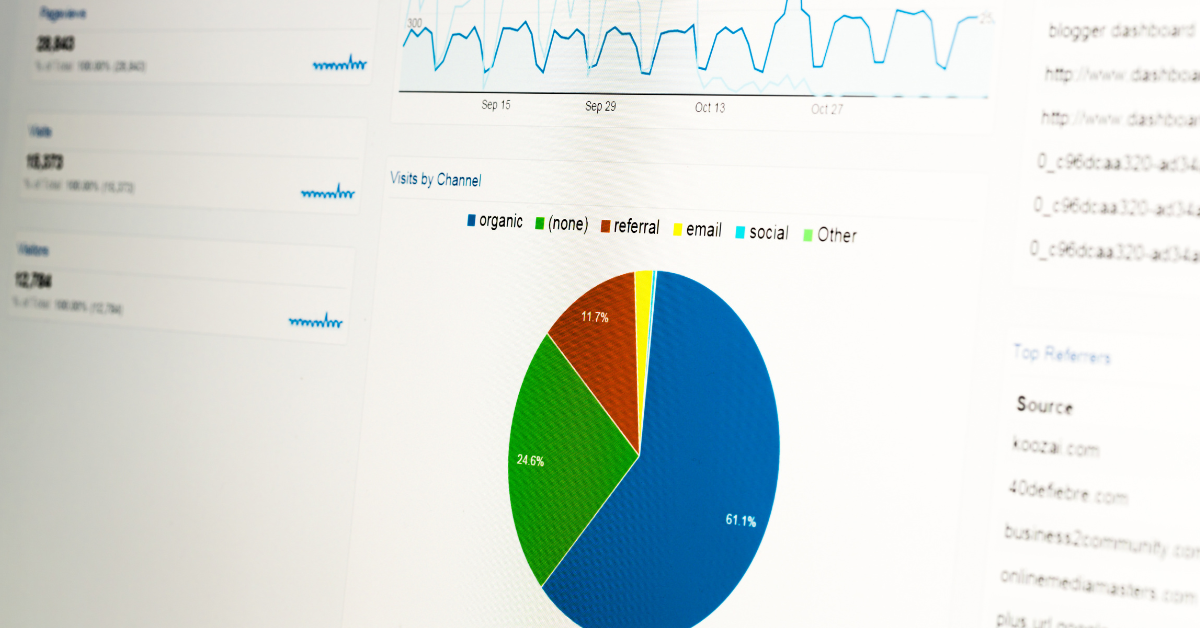Introduction
Google has recently upgraded its “Trending Now” tool within Google Trends, offering marketers and advertisers a more powerful way to tap into real-time search trends. These updates promise to deliver fresher data, more regional insights, and better customization options. For businesses looking to stay ahead of the curve, this tool is about to become indispensable. Here’s a look at how the new features can elevate your marketing and SEO efforts.
Real-Time Trends: See More, Faster
The heart of this update is a cutting-edge trend forecasting engine that detects emerging trends with remarkable speed and accuracy. This engine identifies 10 times more emerging trends than before and refreshes every 10 minutes on average. As a result, you can now see the latest search swings just as they start to gain traction.
The redesigned Trending Now tool presents the most valuable context front and centre. Now, you’ll get a detailed breakdown of each trend, including when it started, how long it’s been trending, and any related news articles. Additionally, a graph showing the trend’s search interest over time is available, allowing for a quick comparison of multiple trends. This feature is now accessible in 125 countries, with 40 of those offering even more granular regional insights.
Customizable Insights: Tailor Your View
Another significant enhancement is the ability to customize your Trending Now view. With the updated filters, you can easily zero in on the data that matters most to you. Whether you’re curious about popular searches in a specific region or want to focus on trends from the last few hours or days, the new filter options have you covered.
This customization allows you to filter out trends that have lost momentum, ensuring you only see active, relevant trends. This level of detail is particularly useful for marketers who need to make quick decisions based on the most current data available.
Optimizing Marketing Strategy: Why Trending Now Matters
Google’s updated Trending Now tool is more than just a window into popular search terms. It’s a strategic asset that can inform your content creation, ad campaigns, and overall marketing strategy. By understanding what’s trending in real-time, you can align your content with what your audience is actively searching for, thereby increasing engagement and relevance.
For example, if a trend related to your industry suddenly spikes, you can quickly create content or ads that capitalize on that interest. This responsiveness can give you a significant edge in a competitive market. Moreover, the ability to export data for a closer look enables deeper analysis and better-informed decisions.
Expanding Global Reach: 125 Countries and Counting
The reach of the Trending Now tool has also expanded significantly. It’s now available in 125 countries, making it easier for businesses with global audiences to stay on top of regional trends. In 40 of these countries, you can drill down even further to see what’s trending in specific regions. This global perspective ensures that your marketing strategy is informed by the most relevant data, no matter where your audience is located.
Conclusion: Leverage Google’s Enhanced Trending Now Tool
Google’s revamped Trending Now tool within Google Trends offers a wealth of new features designed to help businesses stay ahead. By providing real-time insights, customizable data views, and broader regional coverage, this tool is set to become a cornerstone of effective marketing and SEO strategies.
At Amber 90, we understand the importance of staying current with the latest tools and trends. Contact us today to learn how we can help you integrate Google’s Trending Now tool into your marketing strategy and make the most of these powerful insights.




